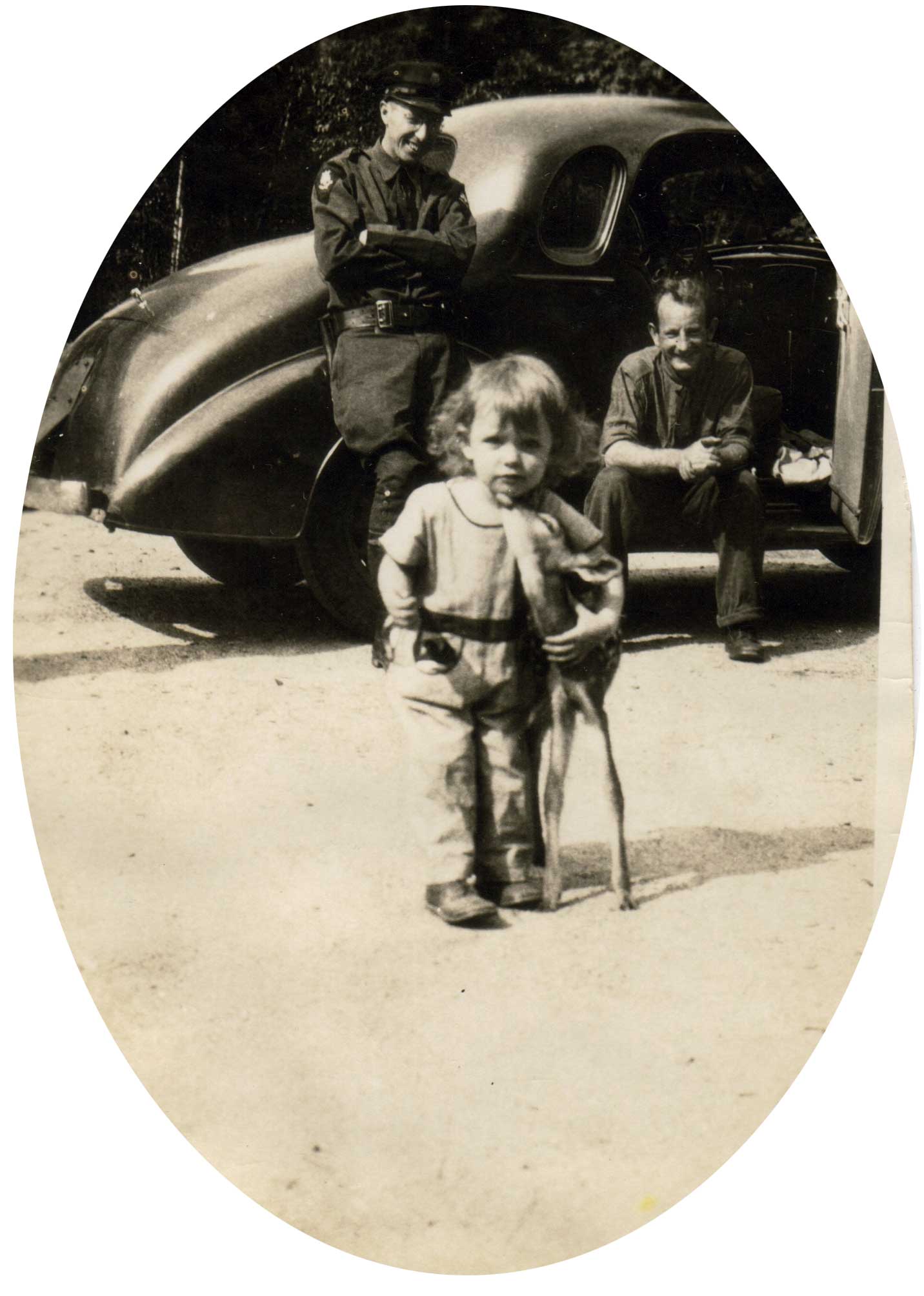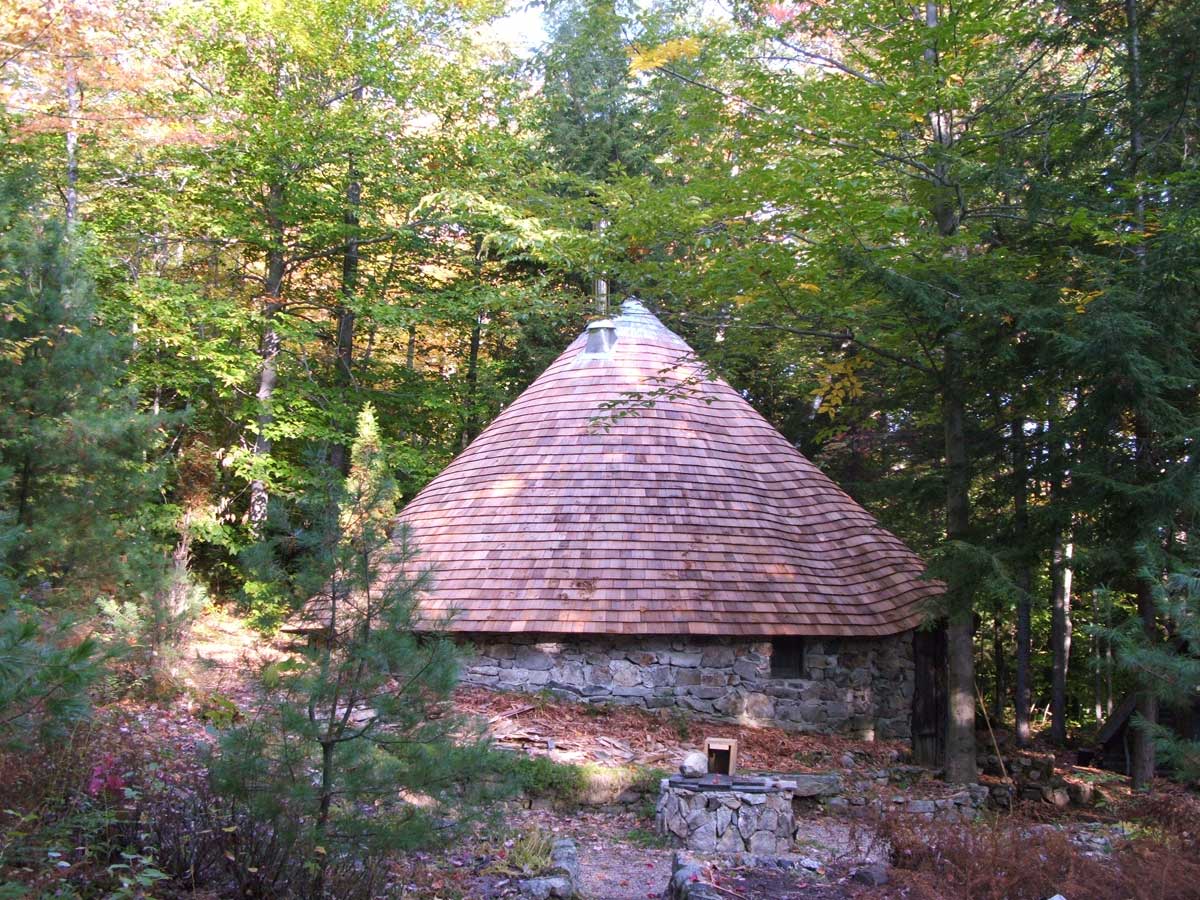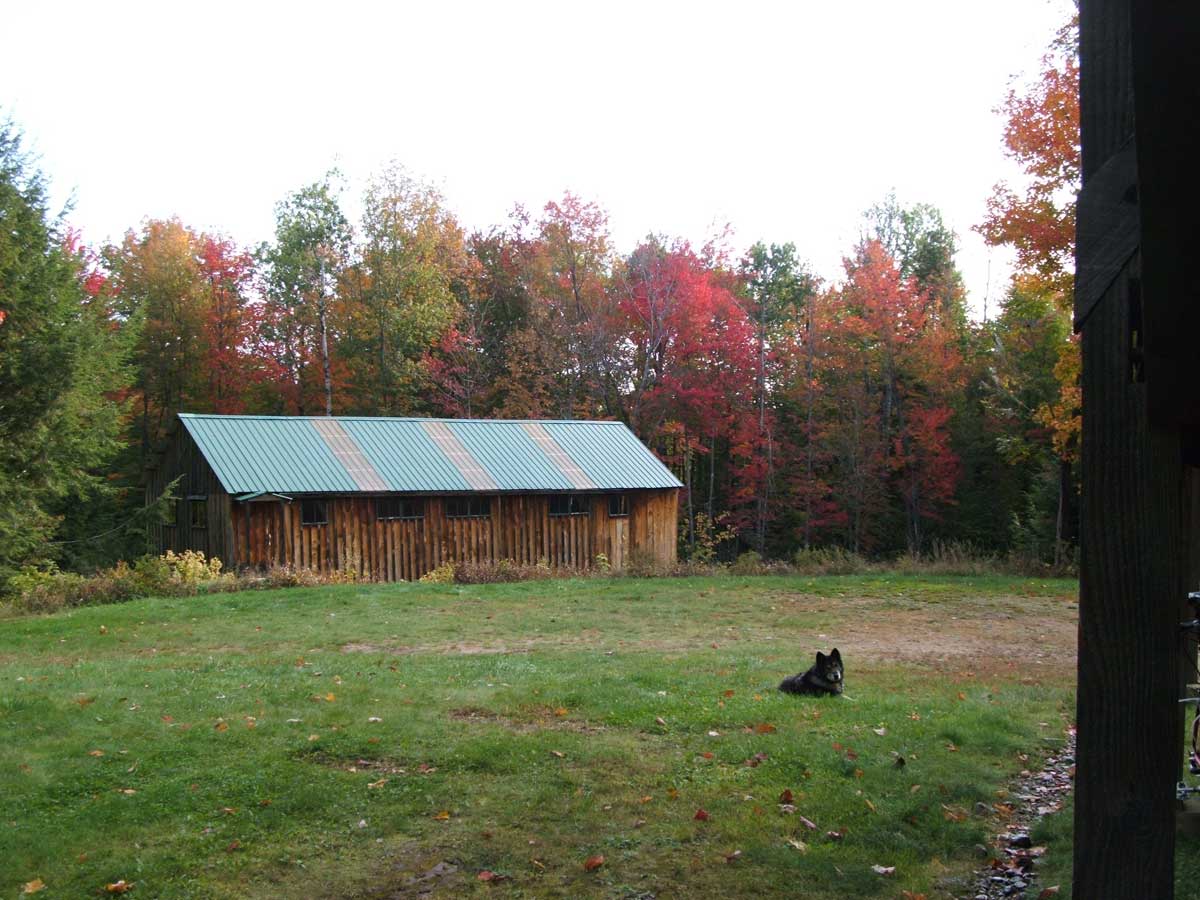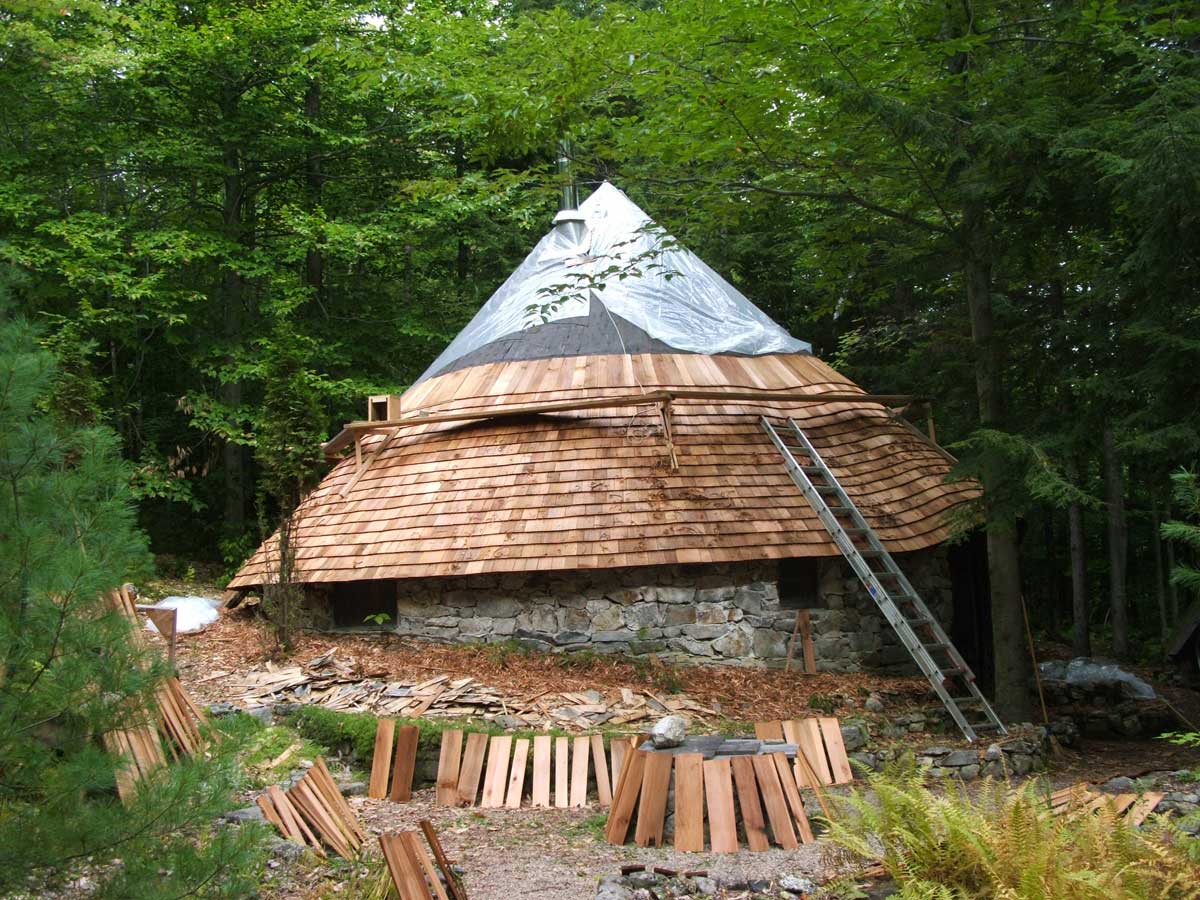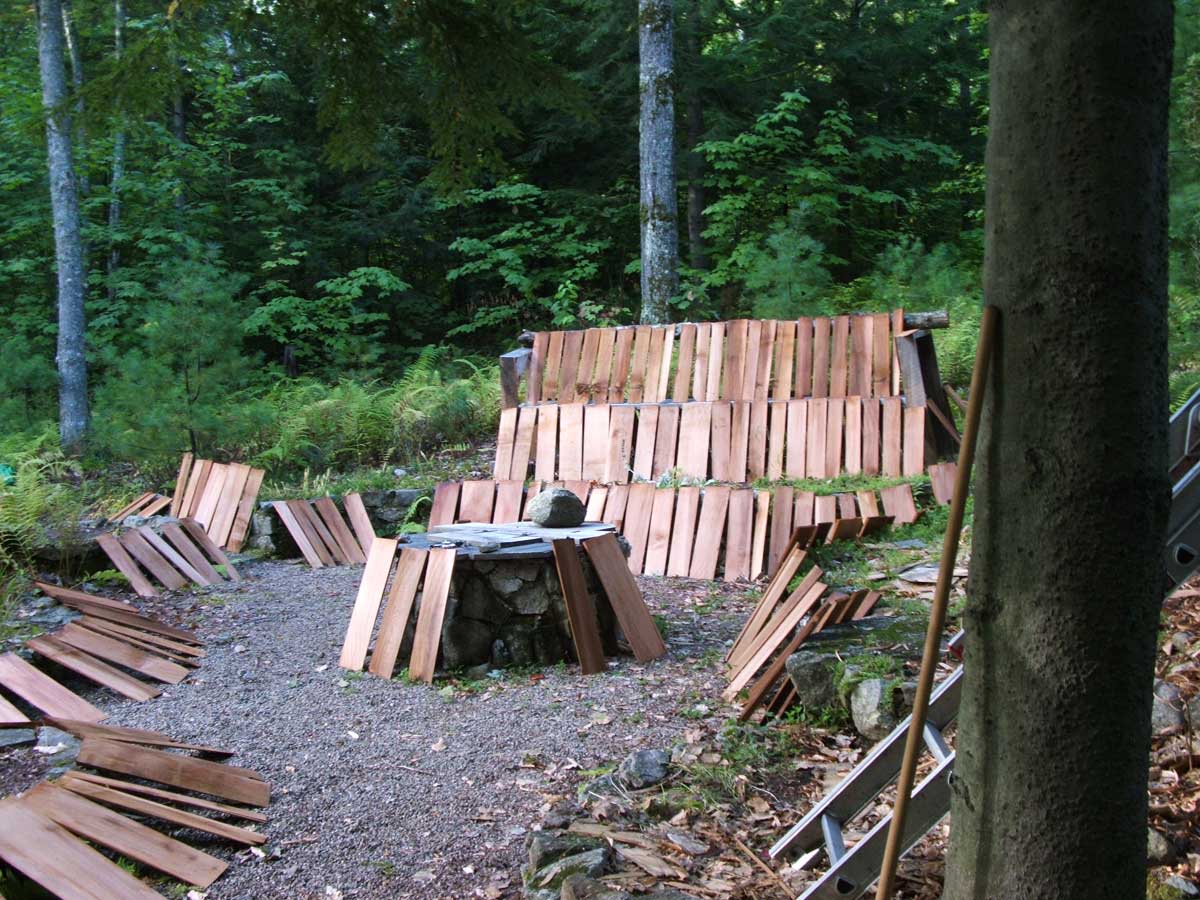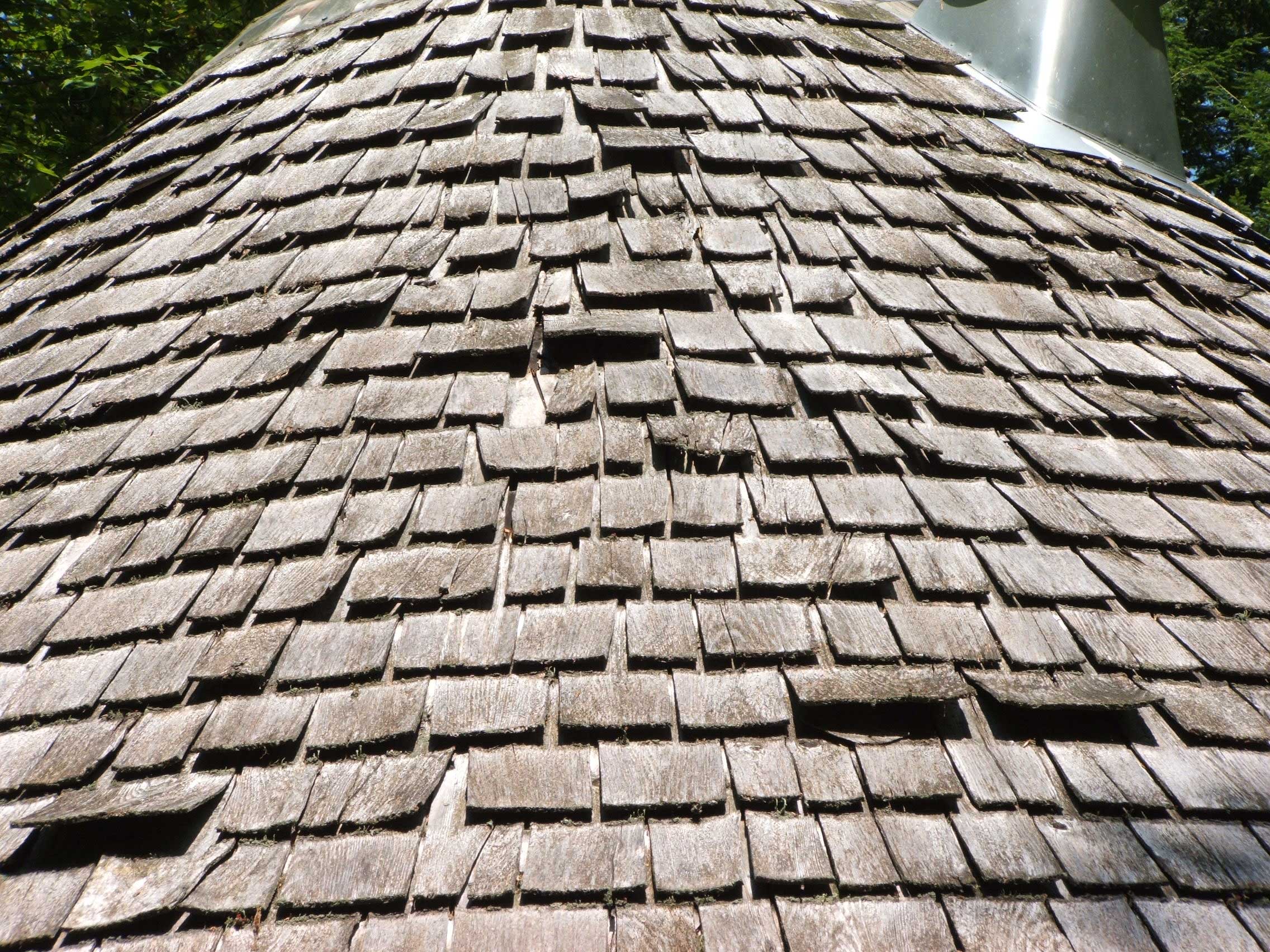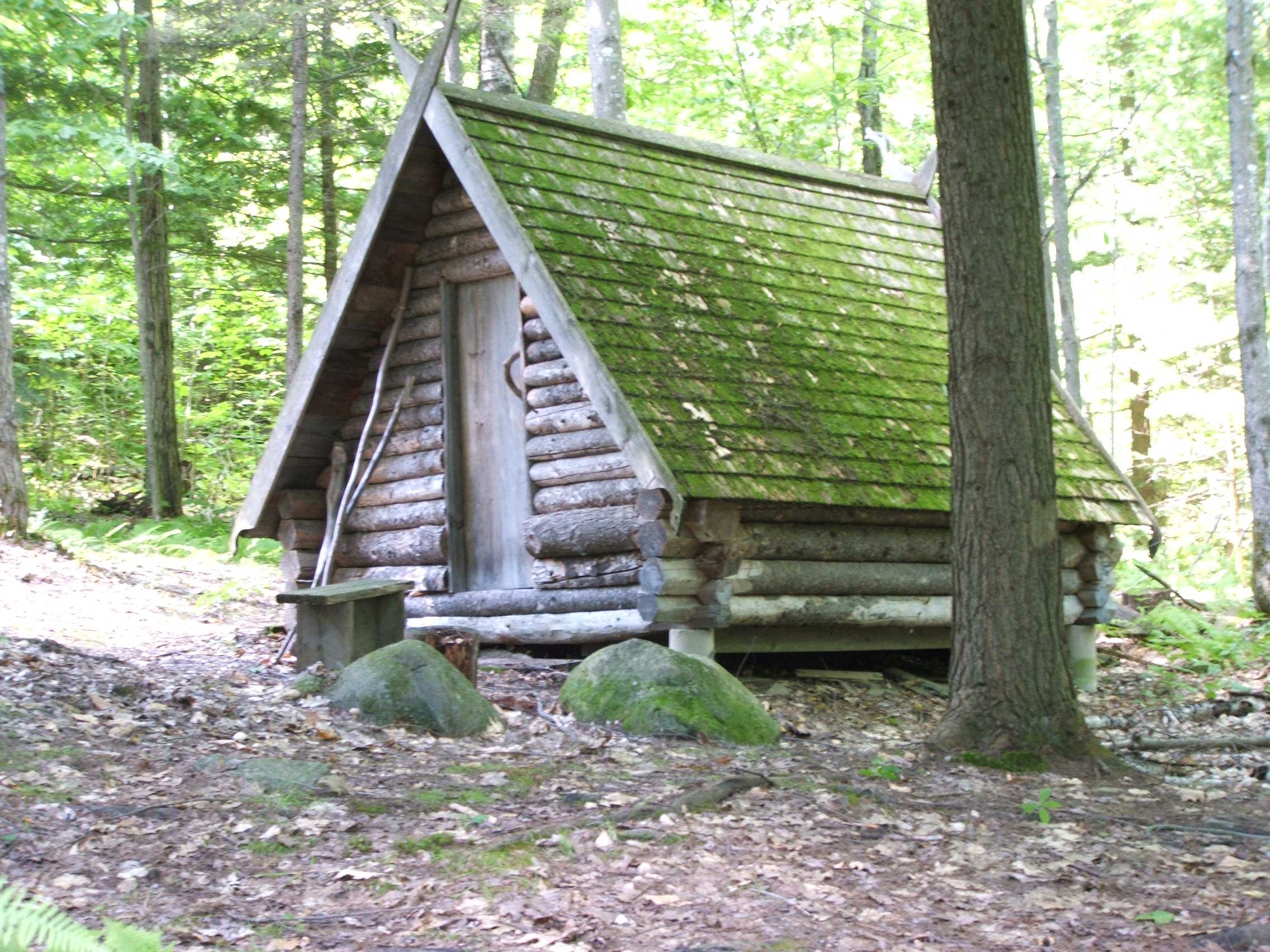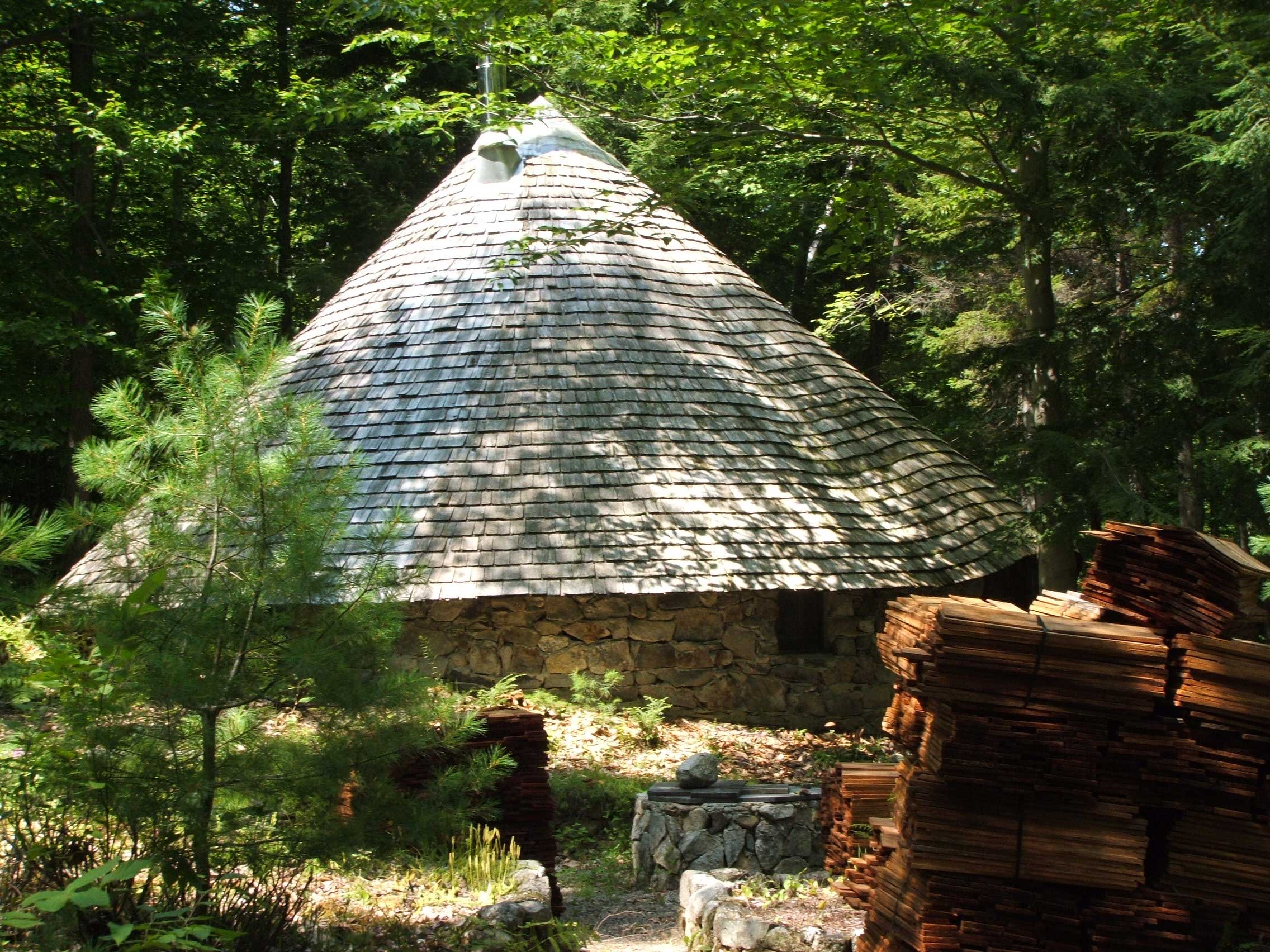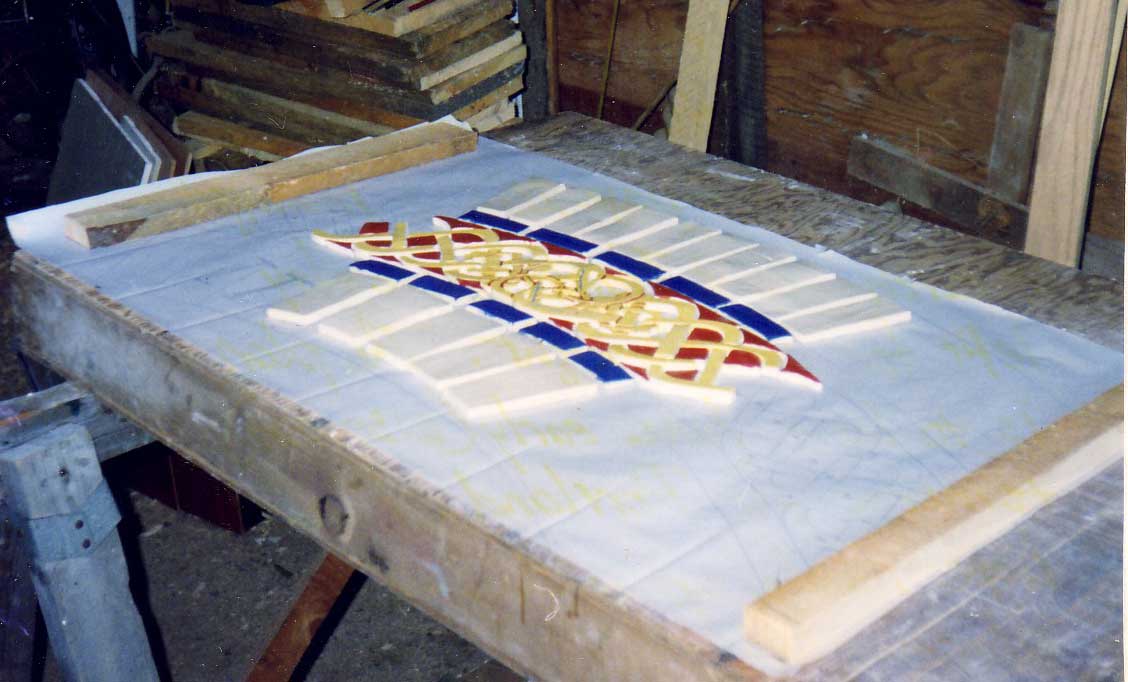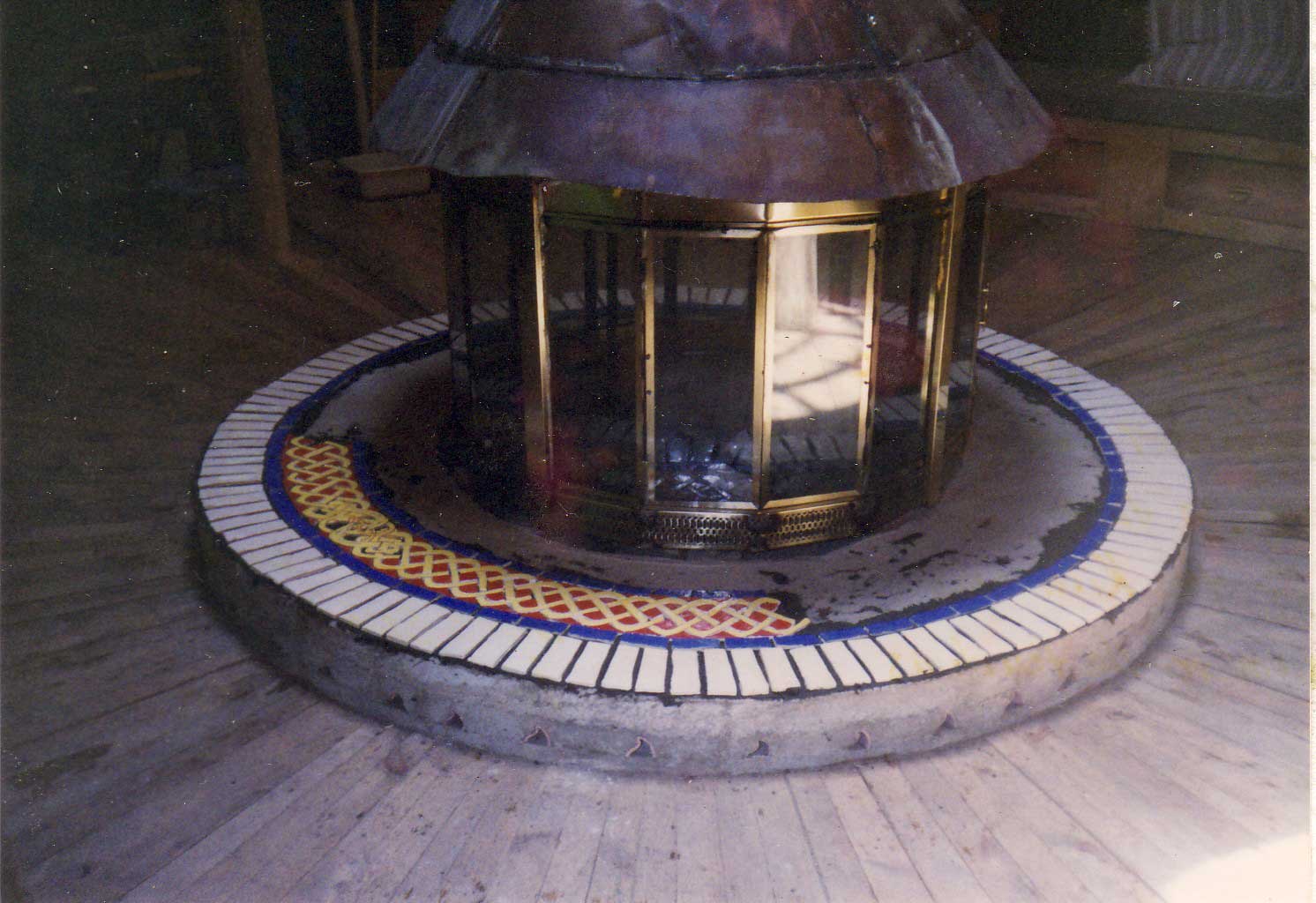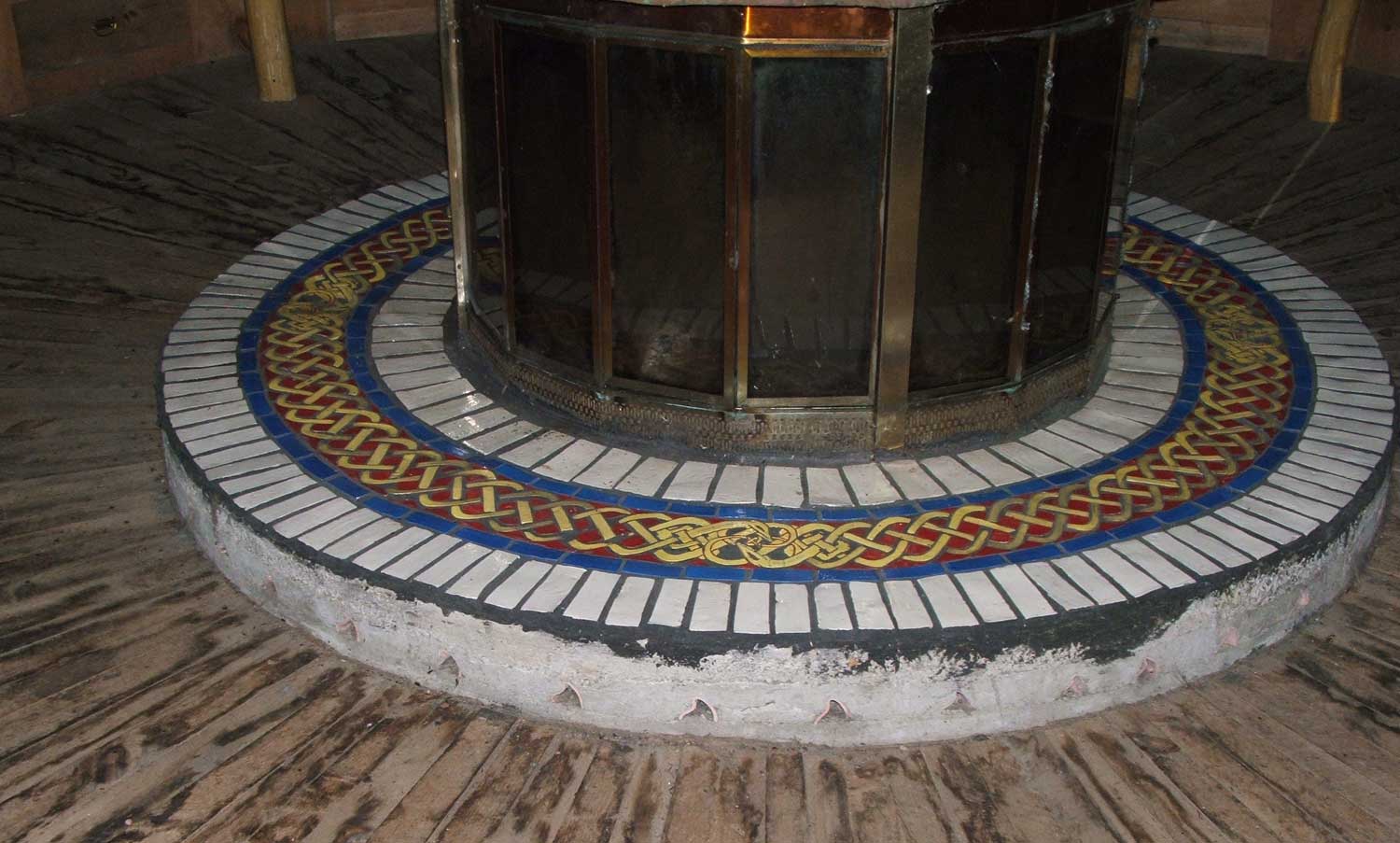When we were trying to research whether to install our soapstone masonry heater, it was really hard to find any actual information. That was seven years ago, and in that time we have come to really enjoy our Tulikivi. Having said that, it is not the right fit for everyone and I thought it might be helpful to go over the pros and cons so that if anyone out there is considering installing a heater like ours, you might have a little more to go on.
The nuts and bolts: Our house is approximately 1200 square feet, it is well insulated with closed cell foam, however, it is also over 200 years old, so no amount of insulating will match a new home. We live in the white mountains of New Hampshire, average wintertime temperatures range between 15° and 30° F. We also typically get approximately 15-20 days when it is much colder, yesterday, for example, when I got up it was 2° outside.
What we installed; a Tulikivi four chamber heater that weighs 5000 pounds and can handle a maximum wood burn of 40 lbs in 12 hours.

So what are the advantages and disadvantages?
Lets start with the advantages:
-The stove is lit twice a day for relatively fast burns and then is shut down. Unlike a woodstove it does not have to be continually tended and unlike a woodstove you don’t get huge fluctuations in heat. Instead you get a steady radiant heat for 12 hours after each burn.
-The surface of the heater stays at a relatively constant temperature throughout the day varying from 90° to 120° F, depending on the part of the heater and the time of the day. So, with the exception of the metal and glass door, the surfaces are safe to the touch. This also means you can close the heater down after the morning burn and leave the house for the day knowing you have a safe source of constant heat.
-The way the heater operates results in a very complete burn including combustion of gasses that would normally end up in the atmosphere from a conventional woodstove. In fact the burn is so complete and efficient that it is considered a “green” heating source and at the time that we installed the heater we got a serious tax break for converting to green energy. The completeness of the burn also means that very little ash is produced, perhaps a gallon-and-a-half per week at the height of winter. The amount of soot produced in the chimney and burn chambers is almost insignificant. We do clean the chimney and burn chambers once a year in the fall but it takes about an hour and produces very little in the way of ash and almost no creosote at all.
-Because of both the efficiency of the burn and the fact that the heater does not have to be fed all day long, it burns less wood than a conventional wood stove. We burn between three and three-and-a-half cords of wood per year.
-The Tulikivi soapstone heater was developed in Finland and Scandinavia over several centuries of trial and error. The reason that is significant is that because of the scarcity of hardwoods and the high value of the hardwoods that do grow in that meant there was a reluctance to burn hardwoods for heat unless the wood was already determined to be scrap or not high enough quality for construction, furniture, or boatbuilding. Consequentially, the heater was developed to burn any kind of wood, hardwood or softwood, so long as it is dry. So, it is safe to burn any kind of wood with no adverse affects to the heater. This is not the case with all masonry heaters.
-Because of the high temperature of the burns and the fact that the heater is only lit twice a day, you don’t end up with the smoke in your house that often results from having to open the wood stove many times a day with a smoldering fire. In fact Allergists recommend masonry heaters for many patients who heat with wood for just that reason.
-Lastly, it is beautiful. The soapstone is smooth to the touch, visitors often can’t help but caress our heater, it is easy to keep clean, the roaring fire morning and night is something that brings great enjoyment and literal warmth to the home.

So what are the drawbacks of this heater?
-First off is the price. You can expect to spend three to four times as much for a Tulikivi heater than for a new woodstove. That puts a lot of people off right there.
-Second is the size of the heater. Ours is 6 feet high, 3.4 feet wide, and 2.5 feet deep, and that is considered to be a relatively small heater since we have a small home.
The weight of the heater required that I build a foundation under the floors to take the weight, which is an additional cost.
-Third is the wood itself. It must be dry, and that does not mean what feels dry, it means wood that has been properly dried for at least a year. This is the part that too many people don’t factor in. You need to be cutting, splitting and storing wood at least a year in advance, which means space to store and dry that wood. We may only burn three cords of wood a year but have enough roofed storage for seven cords of wood in two sheds, this year’s wood in one shed and next year’s wood in another.

-While we are talking about wood, it is true that you can burn any kind of wood but the species still matters. The BTUs produced burning wood varies a lot from species to species. This is why the quantity of the burn is measured in weight not volume; 40 pounds of white pine is a lot more wood than 40 pounds of ash. Furthermore, different species of wood dry at different rates, for example ash can be completely dry in ten months after it has been cut and split and stored properly. Red Oak on the other hand takes two full years to completely dry. Yet a further drawback is the size of the pieces. In order to get short, hot burns the individual pieces of wood need to be small, 12 to 14 inches in length and not much bigger around than your forearm. If you are cutting and splitting your own wood, that means much more work, if you are purchasing wood, it may be harder to find someone willing to cut and split to the size you need, or you may have to pay more per cord. One last thing on wood, since you need to start a fresh fire morning and night, you need to have a ready and significant supply of kindling.
-Tools and time. If you are going to cut and split your own wood, you need to have the tools to do so. Those will cost money. We are lucky in that a neighbor loans us his commercial chipper to clean up after taking down trees. All he asks is that we supply the fuel for the chipper. Dealing with the branches and the mess of taking down trees is not something many people think enough about and frankly, I find that it is the worst part of harvesting firewood.
-Schedule. This is important; you can’t randomly fire up the heater, or fire it up when you are cold. Burns need to be 12 hours apart, minimum. That means firing up the heater at roughly the same time every morning in cold weather and then again twelve hours later. This may not sound like a big deal, but if you don’t get up every morning at roughly the same time, like to sleep in hours later on a weekend for example, it can really cause problems. The same is true in the evenings, if you like to go out a lot you either have to schedule around burn times, or this kind of heat won’t work for you.
-Temperature control; this is another of those things that is both and advantage and a drawback at the same time. The heat that is produced is a steady predictable heat, but you can’t just turn it up. If you calculate the size of your heater correctly, you will find that most of the time a simple two burns a day will keep your home comfortable, in the fall and the spring, you may even find that one burn a day will prove adequate to keep your home comfortable. However, if you live in an area where you have sudden deep drops in temperature, as we do, you will not be able to get more heat out of the Tulikivi by making bigger burns. Burning more than the maximum amount of recommended wood per burn simply puts more heat up the chimney, not into the house and you can damage the heater. All of this means you need to have a second heat source. Another wood stove, propane heater, electric heat, or oil heat, for those days that the temperature really drops. This is also true if you live in a place where there is a month or two a year where the temperature can vary a lot in spring and summer. The soapstone heater takes almost twelve hours to reach temperature when it has not been lit in a while, so you are not going to get instant heat. We have days in the fall and spring when it can be 70° at midday, but 35° that same night, having a way to rapidly compensate for extreme temperature shifts becomes an important part of your overall heating plan.
Given all the drawbacks, you might be wondering why anybody would want to install this kind of heater. The answer to that essentially comes down to lifestyle. Obviously this isn’t going to be a good solution for most city dwellers, or for people who’s work hours vary a lot. For us though, it has been a good match. We live in a rural area, have property that had become heavily overgrown when we took it on, so, careful select cutting of trees each year on different parts of the property has actually improved the forest health and most of our fuel comes from our own land. That wood is not free though, it takes time to harvest, cut, split, stack and move. On the other hand, those are all activities that I pretty much enjoy and I would much rather do than go to a gym. (To give you some reference; our best estimate after heating this way for seven seasons is that we spend between 48 and 50 hours a year harvesting, cutting, splitting, and stacking wood).
I really like the seasonal shifts that take us through harvesting, stacking, and burning of our own fuel. We like that most of our heat each winter does not involve fossil fuel, although, between the chipper and chain saw we do consume about ten gallons of gasoline a year. We like that our fuel is renewable, even on our own land. We like being home in the evenings, and I an a habitual early riser, getting up and lighting the fire to me is just like making the coffee, part of getting up in the winter. The other issues that pointed us in this direction for heat are that we do not have dry basement space to install an oil furnace, and even if we did, the cost of that installation, the ducting or piping to heat the house all add up to more than what we paid for our soapstone heater. There is no natural gas available in our area, propane is expensive, and in all three instances we would be dependent on fossil fuels that come to us from far away. For us, given our lifestyle, where we live, and how we like to spend our time, this was a good choice, and one we have never regretted, but it is not for everybody.
So if you are considering a masonry heater, or a Tulikivi in particular, I hope this was helpful.







